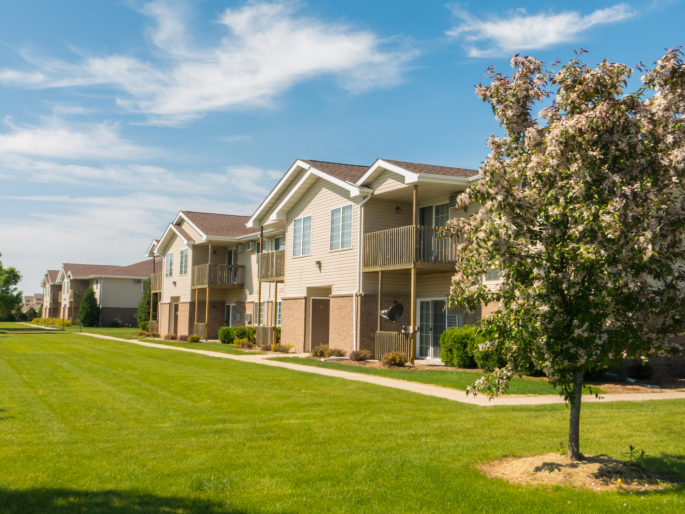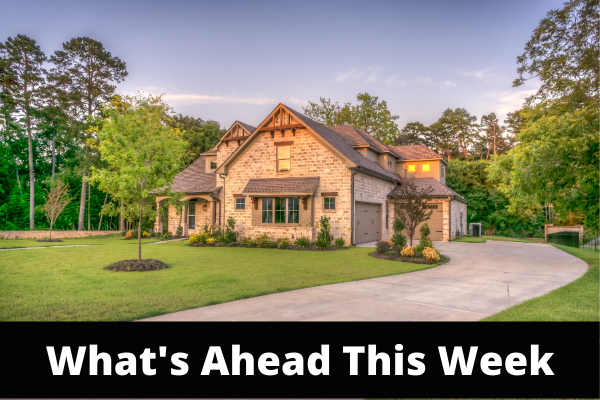Important Advice For Locating The Right Neighborhood
 When people are thinking about moving, they want to make sure they find the right neighborhood. At the same time, it is not always easy for many homeowners to decide where they are going to live. Particularly if they are not familiar with the local community, there are a few important points that everyone should keep in mind. By thinking about these factors ahead of time, potential homeowners are going to place themselves in a position to be successful when they purchase their next home.
When people are thinking about moving, they want to make sure they find the right neighborhood. At the same time, it is not always easy for many homeowners to decide where they are going to live. Particularly if they are not familiar with the local community, there are a few important points that everyone should keep in mind. By thinking about these factors ahead of time, potential homeowners are going to place themselves in a position to be successful when they purchase their next home.
Consider The Importance Of The Schools
Many people who are moving are looking for a bigger house because their family is getting larger. Therefore, one of the most important factors that families need to think about involve the quality of the schools. Schools are going to play a major role in the pricing of the neighborhood. Think about whether the kids are going to go to public school or private school. For families that are going to send their kids to public school, they need to think about the quality of the public schools and what school system the neighborhood is zoned for.
Think About The Commute To Work
Another important factor that the family should consider is the commute to work. There are many people who are moving in an effort to shorten their commute or because they are getting a new job. Therefore, it is a smart idea to think about the traffic, the time it will take to work, and how challenging the driving route is going to be. This is going to play a major role and where the family is going to end up settling.
The Access To Amenities
Finally, it is also important to think about access to amenities. This could include parks, shopping, hiking trails, and even access to the airport. Families need to think about what is important to them and prioritize this during the housing search. It is also a great idea to think about any development that might be taking place in the local area that could influence housing prices in the future. All of these factors should be considered when families are considering which neighborhood they would like to move to.

 Last week’s economic reporting included readings on housing market conditions, sales of previously owned homes, and housing starts and building permits issued. Weekly reports on mortgage rates and jobless claims were also released.
Last week’s economic reporting included readings on housing market conditions, sales of previously owned homes, and housing starts and building permits issued. Weekly reports on mortgage rates and jobless claims were also released. If you’re in the market for a new home and you’ve been researching mortgages, you’ve likely come across the terms “pre-qualification” and “pre-approval”. While these terms are self-explanatory in some circumstances, they are quite different in regards to mortgage financing.
If you’re in the market for a new home and you’ve been researching mortgages, you’ve likely come across the terms “pre-qualification” and “pre-approval”. While these terms are self-explanatory in some circumstances, they are quite different in regards to mortgage financing.